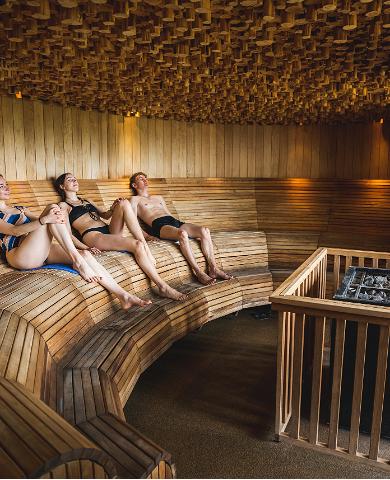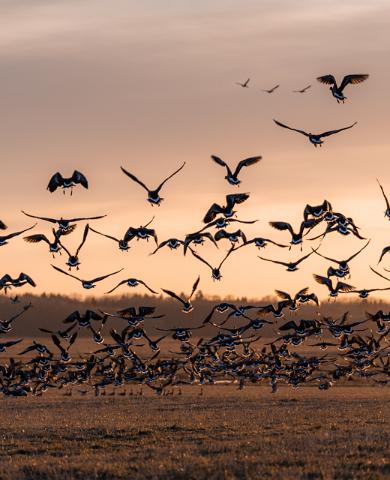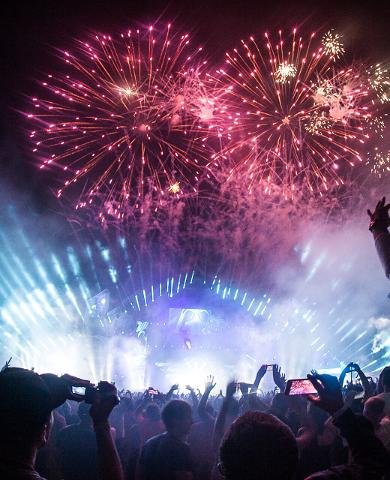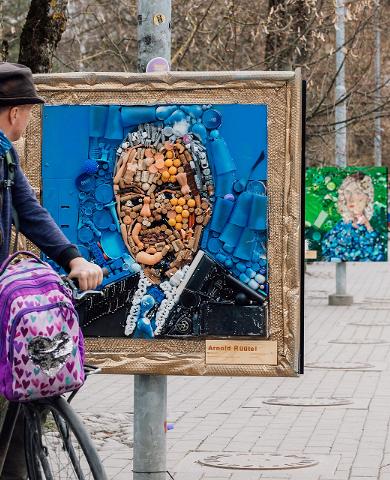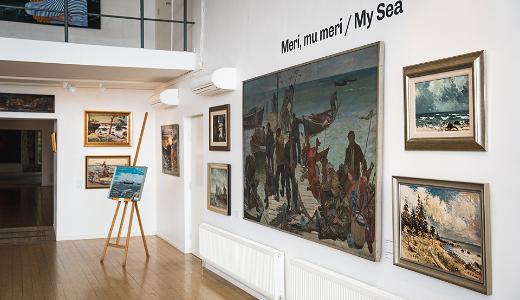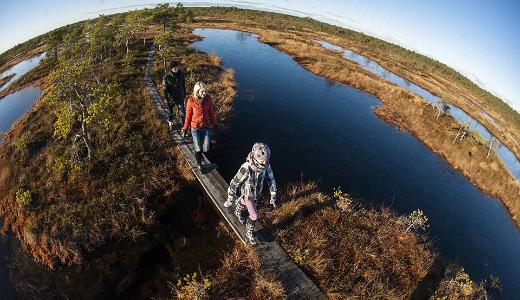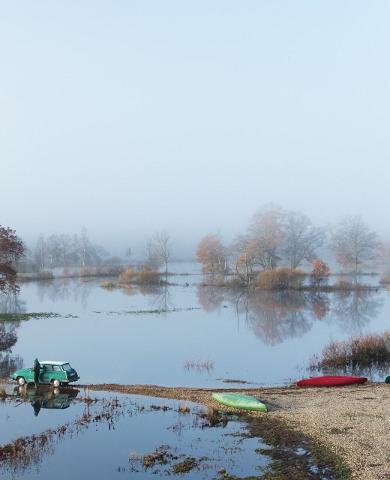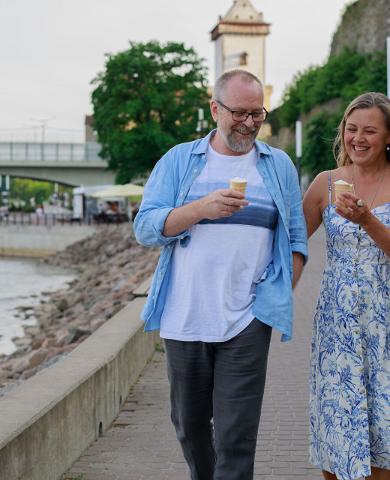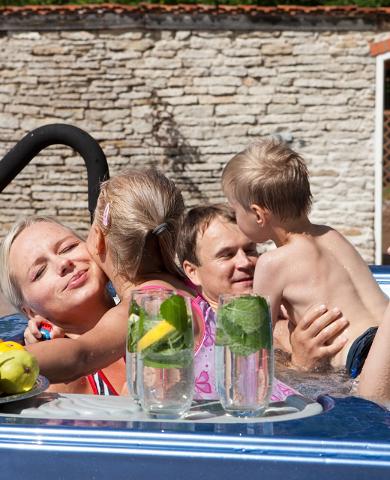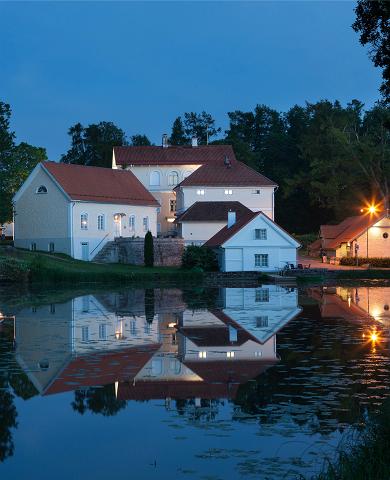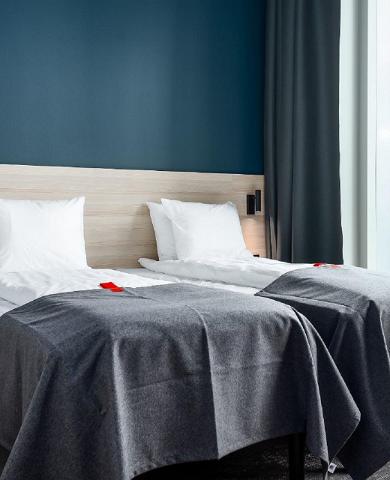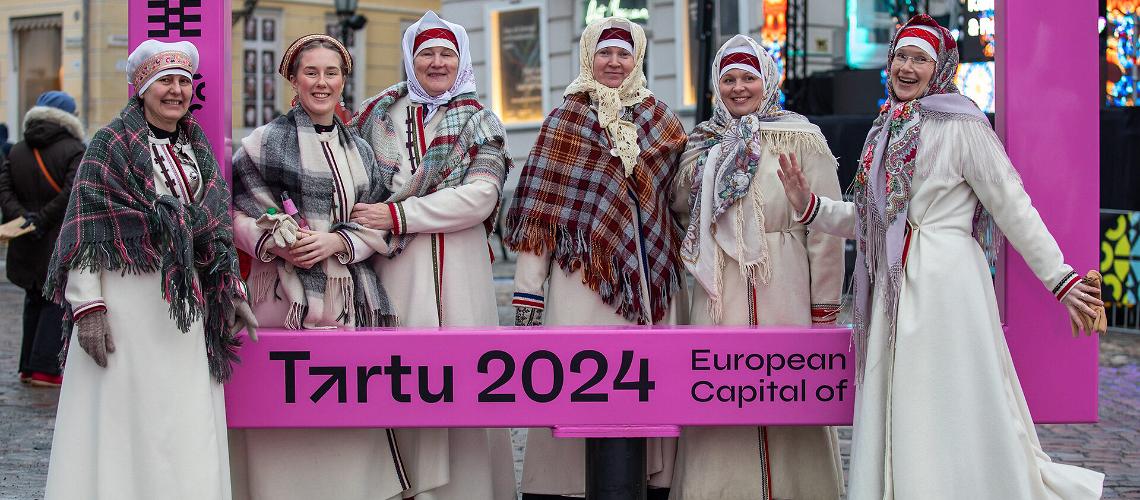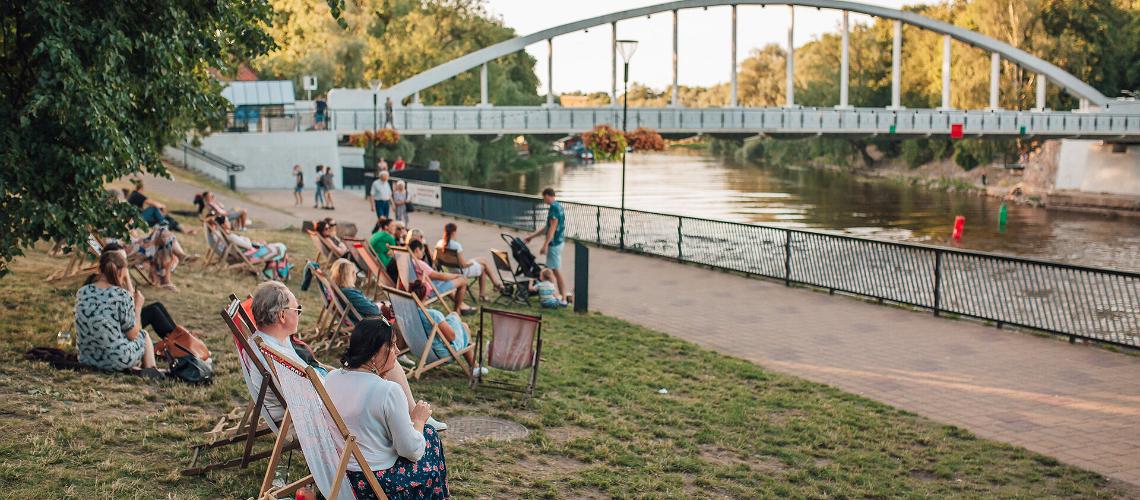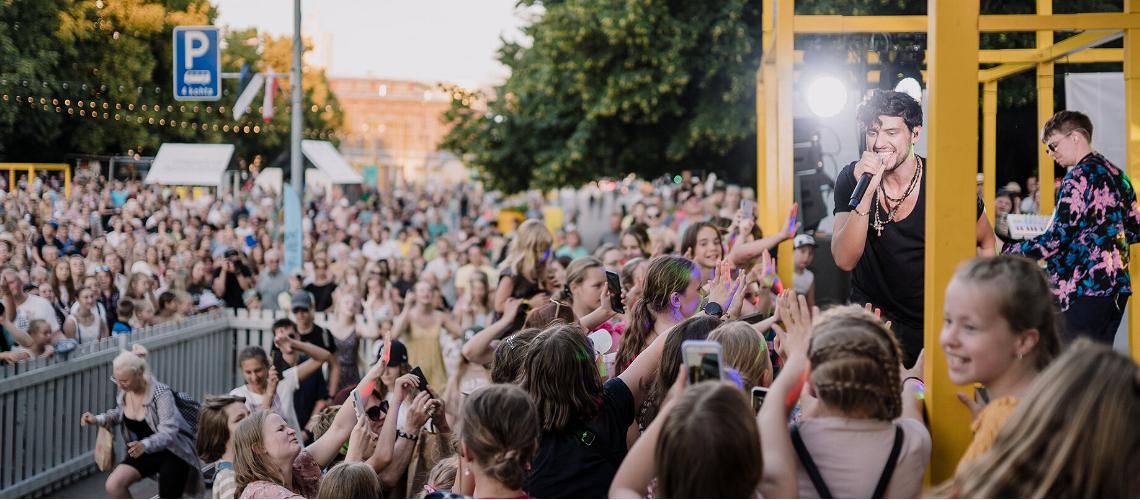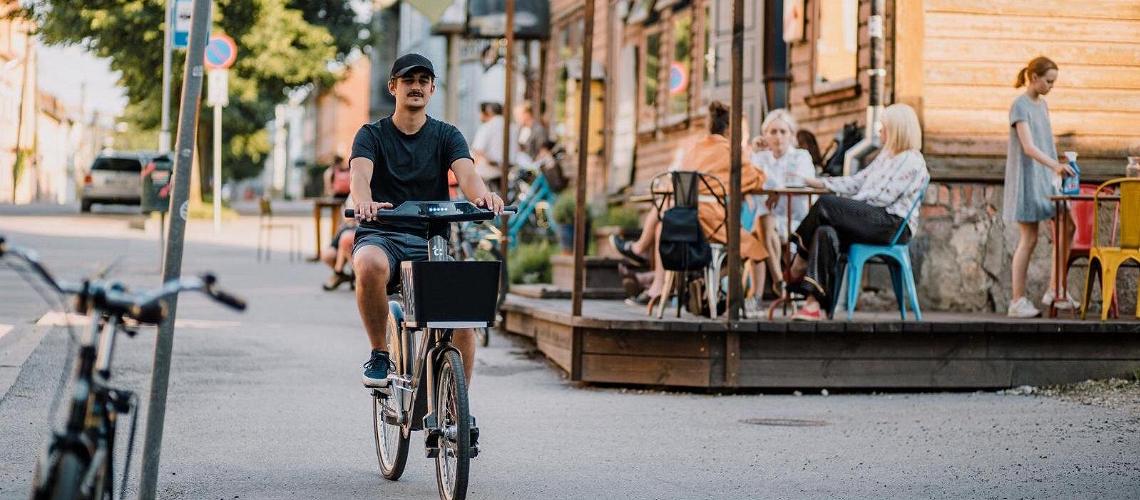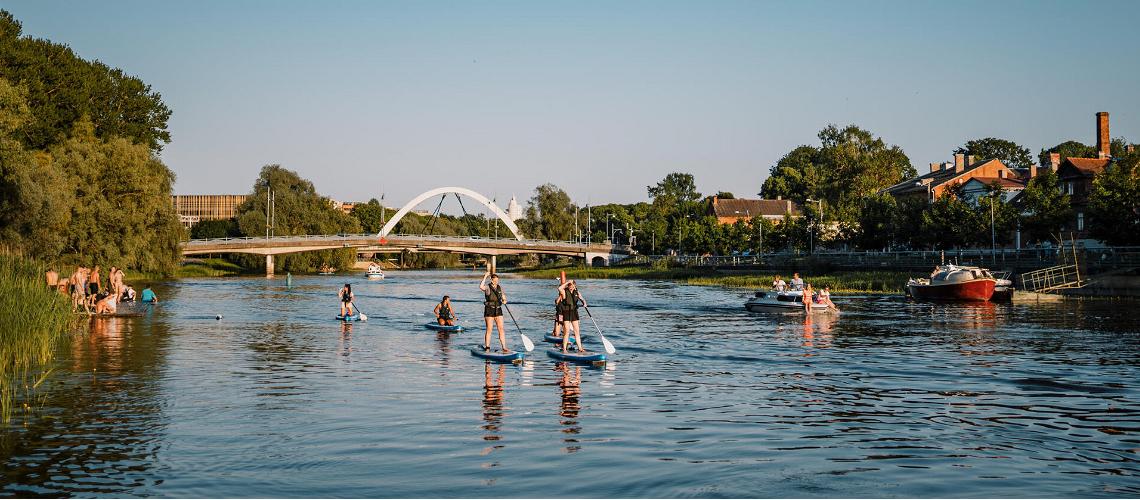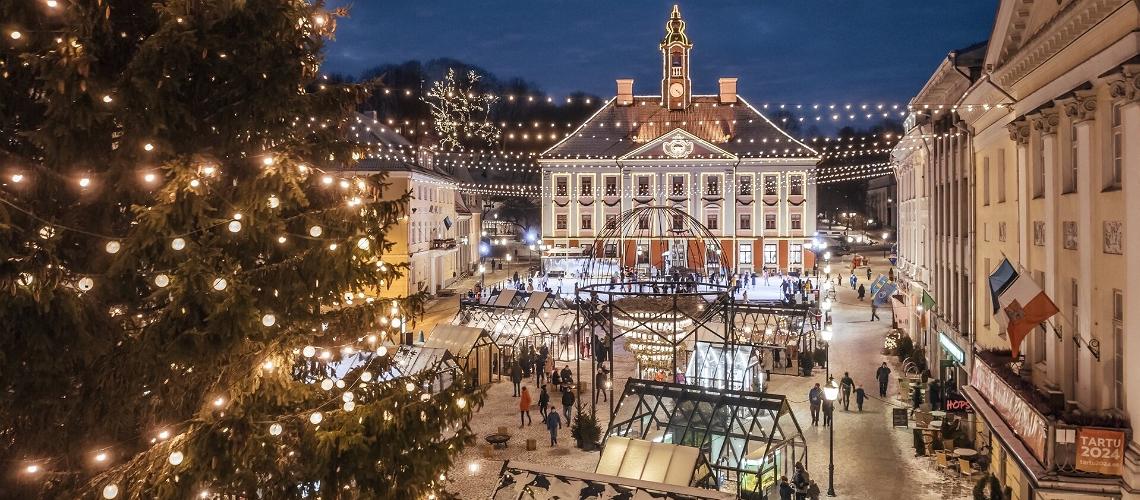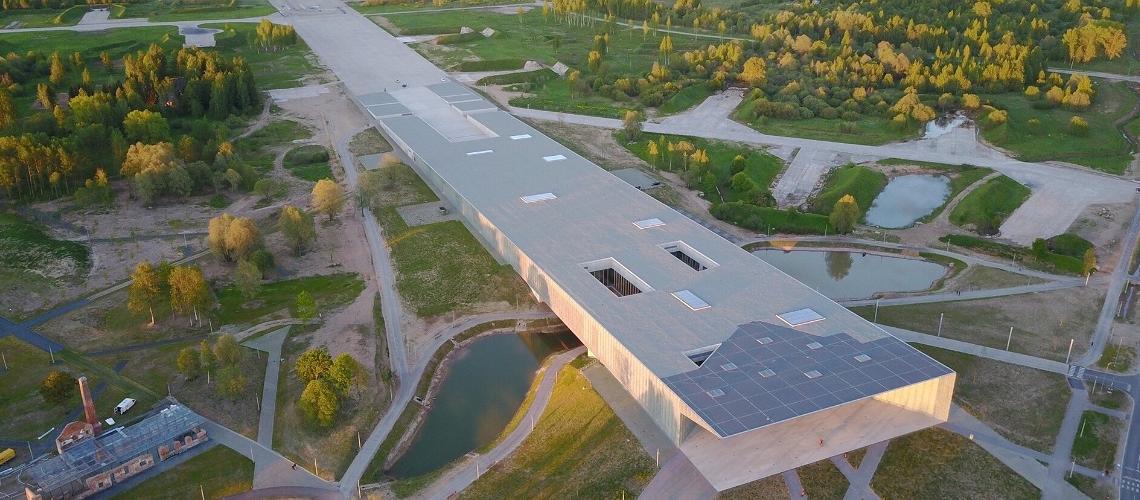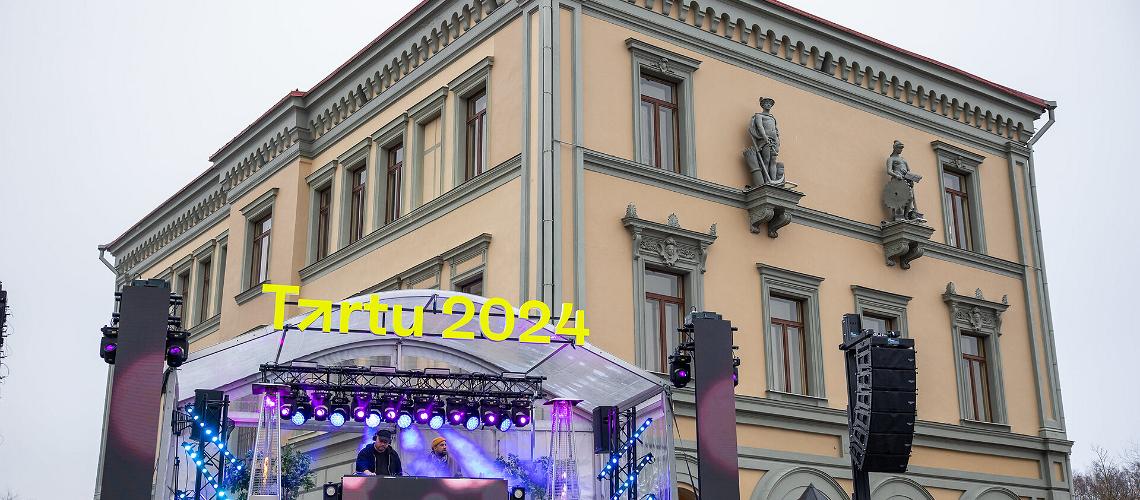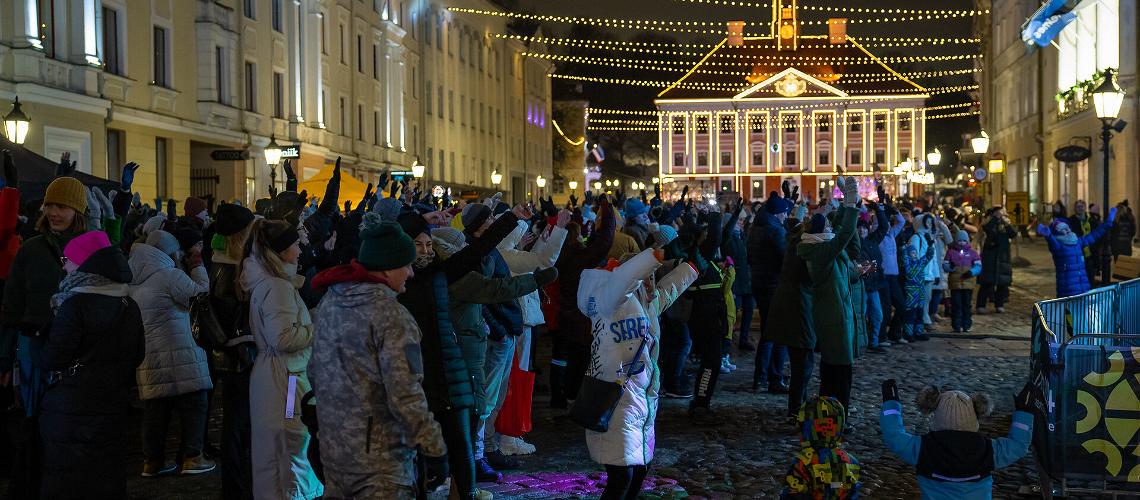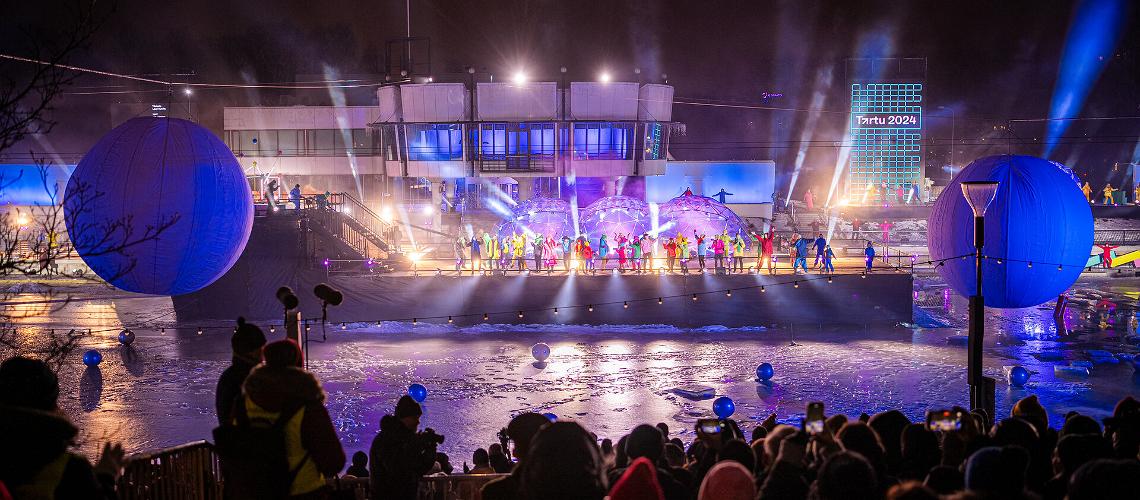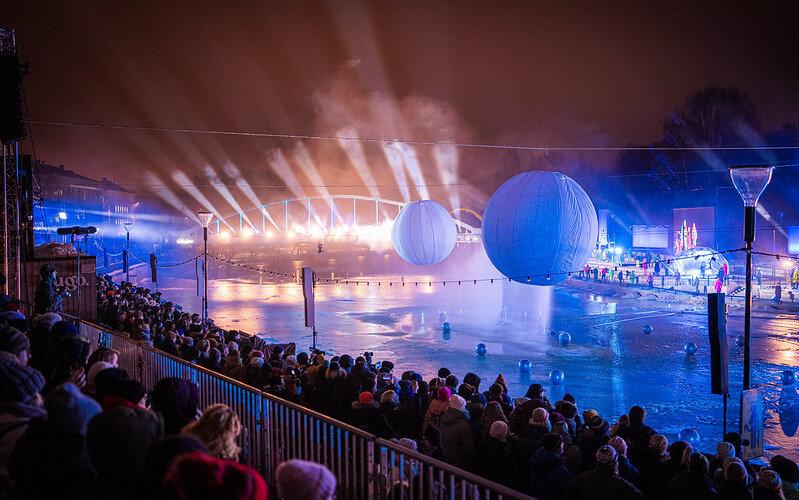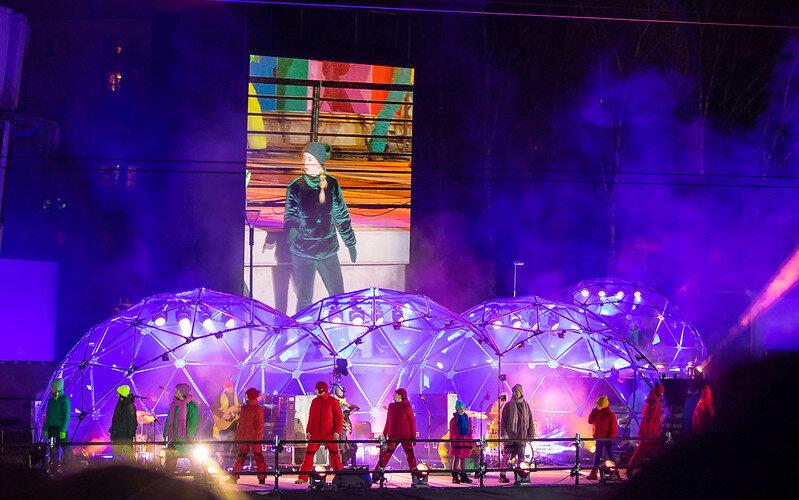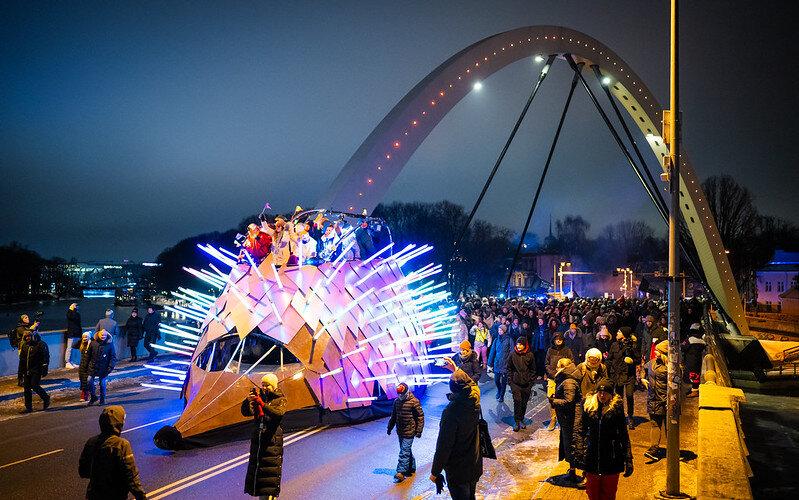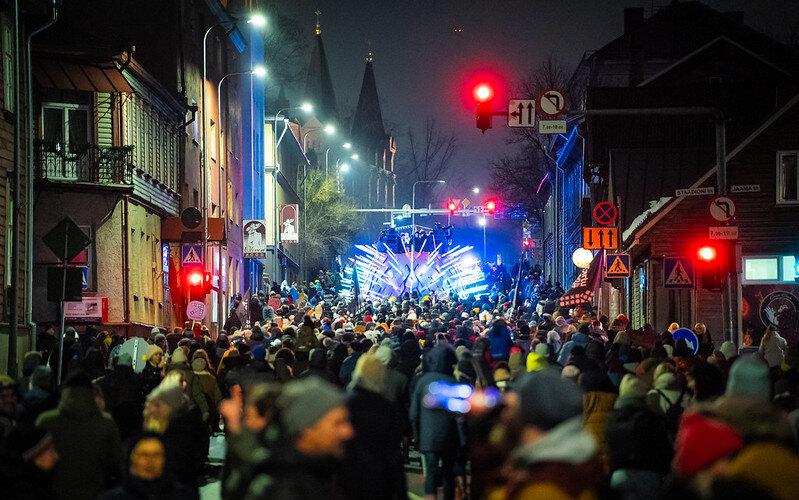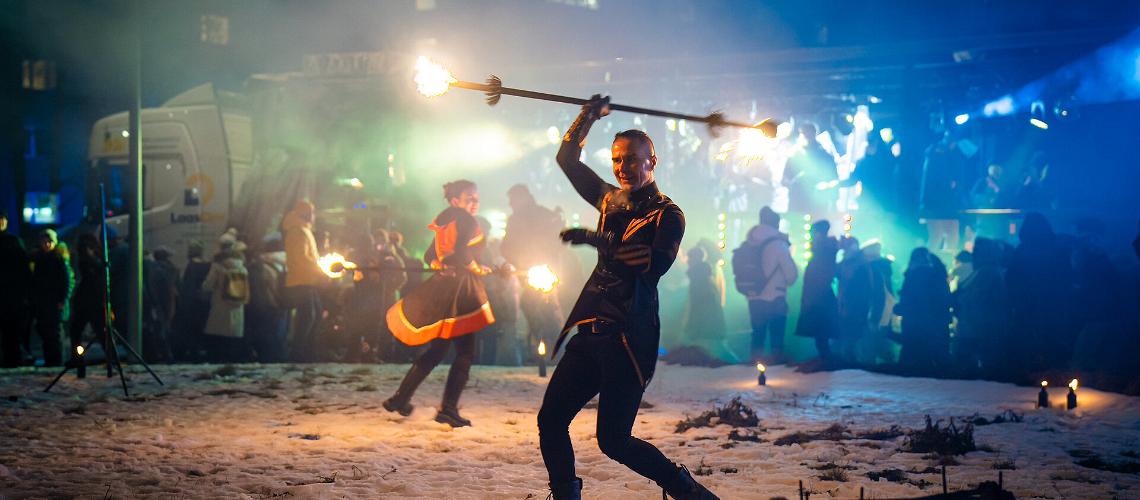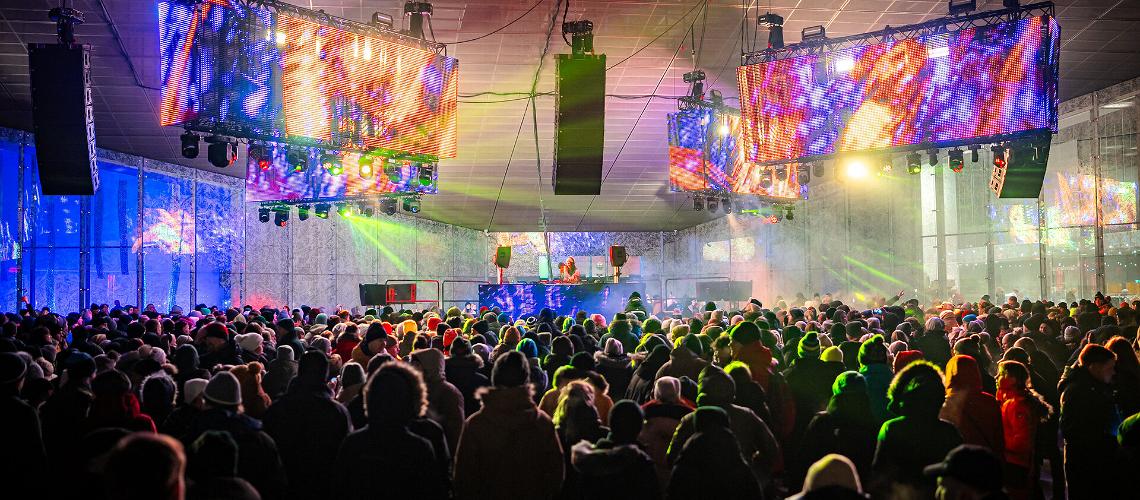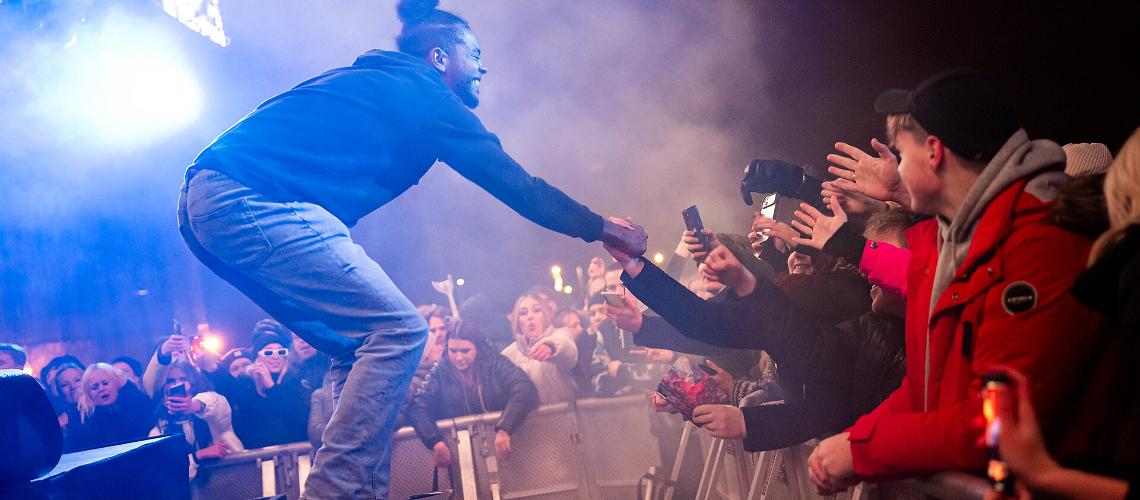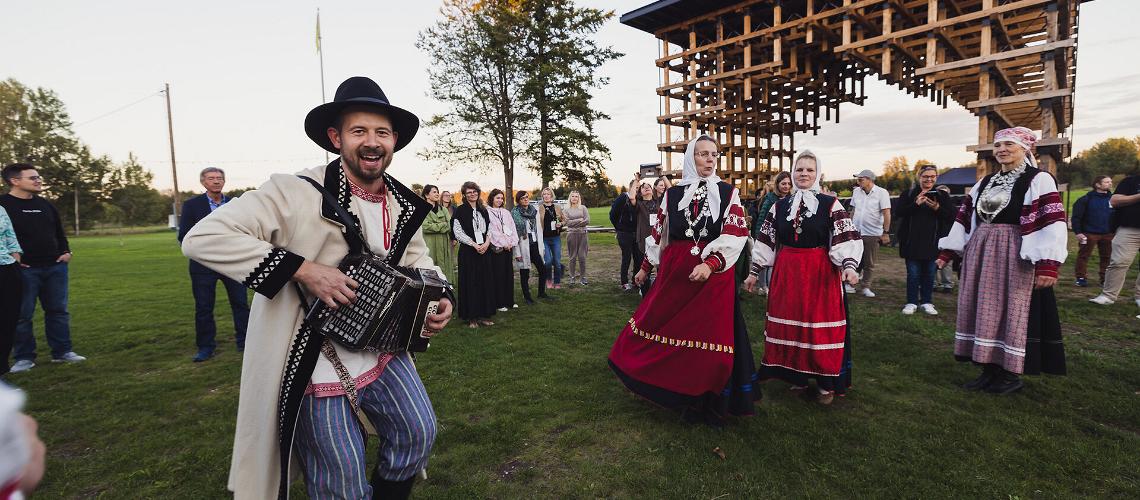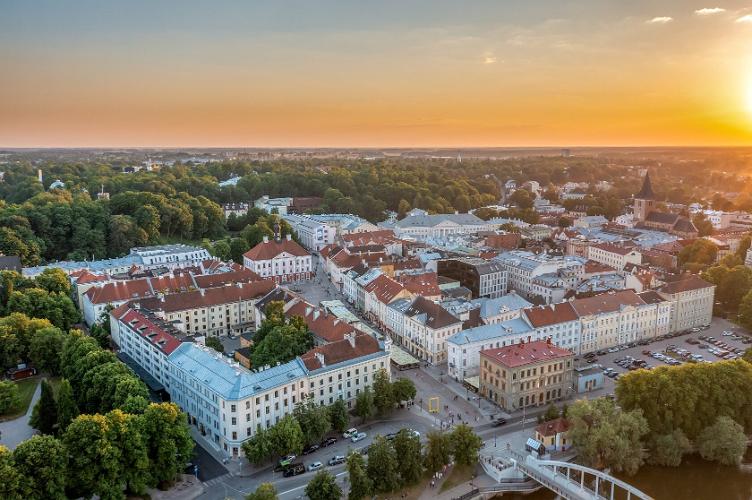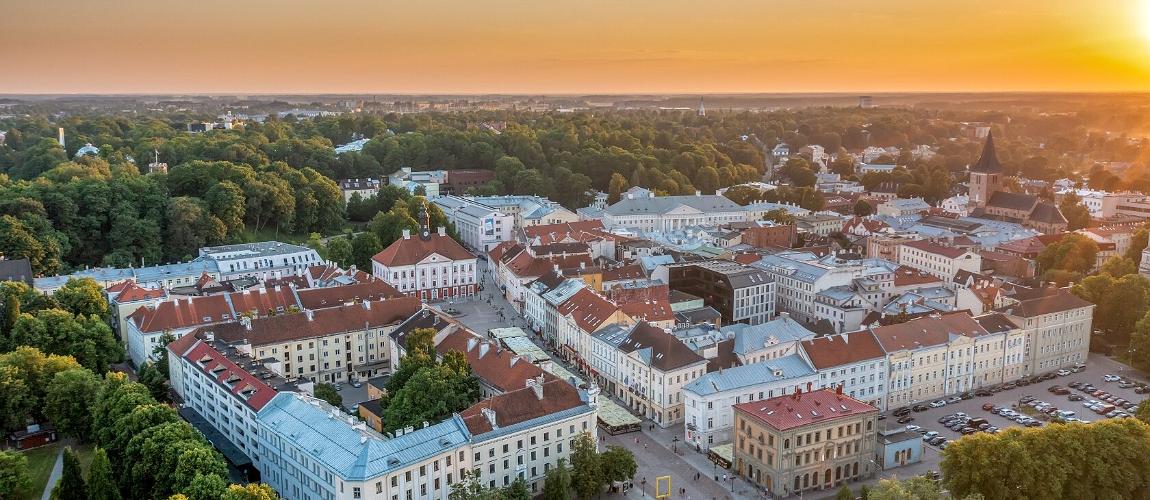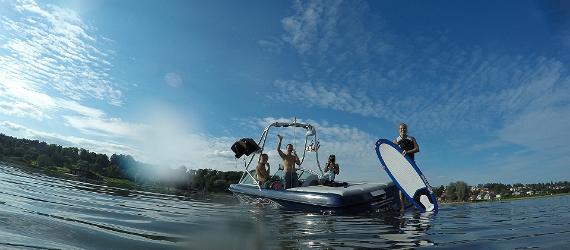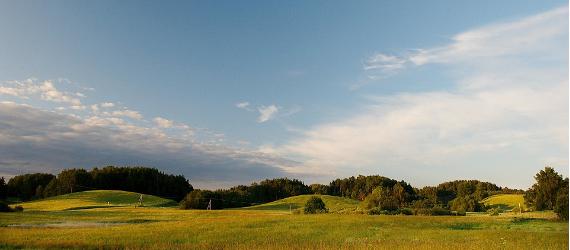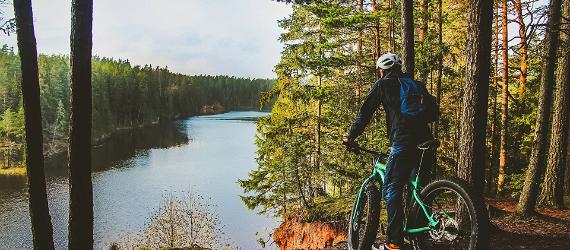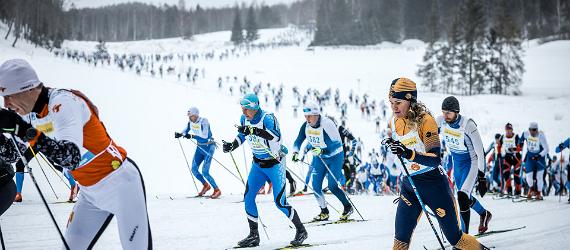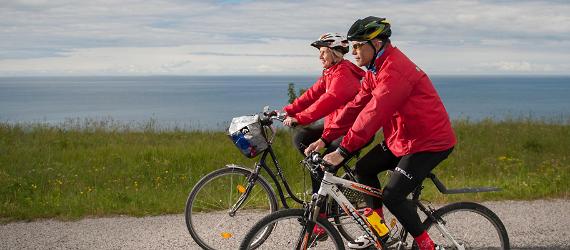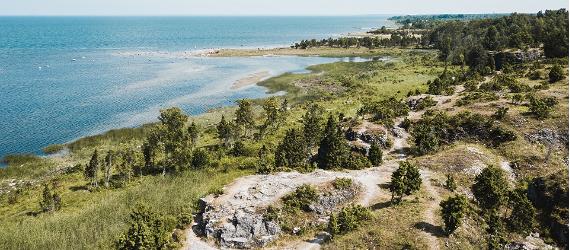Get to know the "heart and soul" of Estonia.
Tartu will be in the spotlight in 2024 as the European Capital of Culture. The year will be packed with events showcasing the historical and cultural heritage of the second-biggest city in Estonia and the rest of South Estonia. Now is the time to visit, as even National Geographic Traveller is calling Tartu one of the 30 most exciting destinations to visit in 2024!
As one would expect from the perennial Estonian and current European Capital of Culture, Tartu's cultural offerings are rich. There is a varied program of over 300 events throughout the year.
The general concept of the Tartu 2024 cultural program, The Art of Survival, is more relevant than ever before. This idea centers around three aspects related to the influence of art on the future of Europe — an environmentally friendly culture with an emphasis on real human interactions, strong communities, and survival skills.
Dive into the Tartu 2024 program
In 2024, hundreds of events will be arranged in Tartu and around southern Estonia. The program is divided into four areas: Tartu with Earth, Humanity, Europe, and Universe:
- Tartu With Earth explains and educates people on how to be more nature-friendly not just by creating and experiencing works of art but also in daily urban existence, in creating and maintaining homes and gardens, and in choices of food and clothing.
- Tartu With Humanity aims to restore trust and security in human closeness and intimate contact through transgenerational learning and co-creation.
- Tartu With Europe seeks ways to bring the European dimension of Tartu 2024 to the minds of everyone in Tartu and Southern Estonia while making Europe aware that we are also part of its diversity with our local languages and customs.
- Tartu With Universe shows how futurist images in arts have fed R&D and thus have become or are about to become everyday reality. Yet the arts also highlight the perils of rapid changes to human consciousness and the difficulty of remaining human.
Tartu 2024 program highlights
Wondering which events to attend in 2024? Read on for our top picks!
Tartu 2024 officially opened on January 26th!
The Tartu 2024 opening ceremony was a blast! The day started with free concerts in the Town Hall Square. Then, the audience moved over to the banks of the Emajõgi River to watch the ceremony unfold from a platform next to the water. From there, the crowd moved along a parade route to the Estonian National Museum for the official after-party and an open-air rave. If you missed it, don't worry! There are plenty of events all year long!
If you like to party...
Then Tartu 2024 does not disappoint! This year will be a year like no other as locals from Tartu and South Estonia gather with visitors from further afield to celebrate their city's time in the spotlight. Put on your party pants and come experience the vibes.
Here are the must-see events for joining in the fun:
- 18 May — Kissing Tartu: A spectacular concert and mass kissing event in the heart of Tartu will mark the 30th anniversary of Estonia's first participation in Eurovision.
- Every other Saturday from June to August — Elva SummerStream: Well-known Estonian DJs will bring their rhythms to the shores of Lake Arbi in Elva.
- 6 July - 11 August — Car-free Avenue: A section of Vabaduse Avenue will be free of cars for the fifth time and transformed into an oasis where you can relax, play, and enjoy various events, including local and international musical acts.
- 12 July — Säkna Barn Party XXVI: This authentic village gathering has been held for 26 years amid the forests of Mooste in the village of Säkna.
- 12-18 August — Tartu Pride: There is much to celebrate as 2024 is the first year gay marriage is legal in Estonia.
- 6 September — Black Box x Tartu 2024: Black Box, one of the biggest underground electronic music event series in Tartu, is planning something big for Tartu 2024.
If you like nature and the Great Outdoors...
Then South Estonia is the place to be for Tartu 2024. The highlight of the year would have to be the Arts of Survival Creative Nature Festival, but there are plenty of options for experiencing nature in new and exciting ways, including guided hikes, canoe trips, and bike rides.
Here are the best options for exploring the wild during Tartu 2024:
- All year, once a month — Togetherness Hikes for Couples: Explore the hiking trails of South Estonia while strengthening the bond between you and your partner.
- 4-5 May — Koidukoor / Dawn Chorus: Koidukoor is a multi-day event featuring listening tours, a sound camp, and a global live streaming of the sounds of the Estonian landscape at dawn. Join us online even if you can't be in Estonia in person!
- 22 May — Full Moon Canoe Trip: Embark on an exciting and romantic torchlit canoe trip during the night of a full moon.
- 5-15 June — Arts of Survival Creative Nature Festival: Discover the diversity of life around us, reflect on bonds between nature and culture, and enjoy works of art inspired by nature. Attend the conference titled "Traces of Extinction: Species Loss, Solastalgia, and Semiotics of Recovery," experience a concert that combines music, word art, and birdsong, and participate in a nature observation marathon.
- 29 June — Japanese Forest Bathing Experience: Improve your physical and mental well-being while moving around in nature in a guided manner and using all five senses.
If you want to experience the traditions of South Estonia...
Tartu 2024 is dedicated to expanding the understanding of culture beyond the traditional sense of the word. In doing so, these events combine longstanding Estonian traditions with new formats and technology. Traditions may have their roots in the past, but they blossom and grow as they change over generations.
Here are our top picks for discovering the traditions of South Estonia:
- 25-26 May — Räpina Good Home Days: The community of Räpina is reviving the building traditions of their ancestors and sharing the knowledge of Räpina Horticultural School for the benefit of both local and international guests during this celebration of home design and culture.
- 31 May-2 June — Festival Kaera-Jaan: This land art and folk culture festival will be held in the Vooremäe hills of Kastre. Visitors will get to see a trail of magical sculptures in a family-friendly natural environment, plus a folk fair, exhibition, and surprise performers.
- 1 June — 6th Uma Pido: Held entirely in the Võro language, Uma Pido invites everybody from old Võrumaa, as well as friends from elsewhere in Estonia and abroad.
- 16 June — Folk Music Concerts in Kodavere Heritage Centre: Three concerts will be organized in Pala where outstanding Estonian folk musicians can share their unique talents.
- 20 July — Tõrva Loits: Through a spectacle of fire and water combined with light and video effects, visitors will experience the story of being Estonian. Through spells and legends, the performance will reflect on important issues in society, the Mulgi culture, and being Estonian in a European context.
- 24-25 August — Night Folk Dance Festival: To celebrate the 240th birthday of Võru, this event combines folklore, theatre, lights, and nature, and will feature actors and dancers from Saare-, Viru-, Harju-, Võru- and Seto counties.



